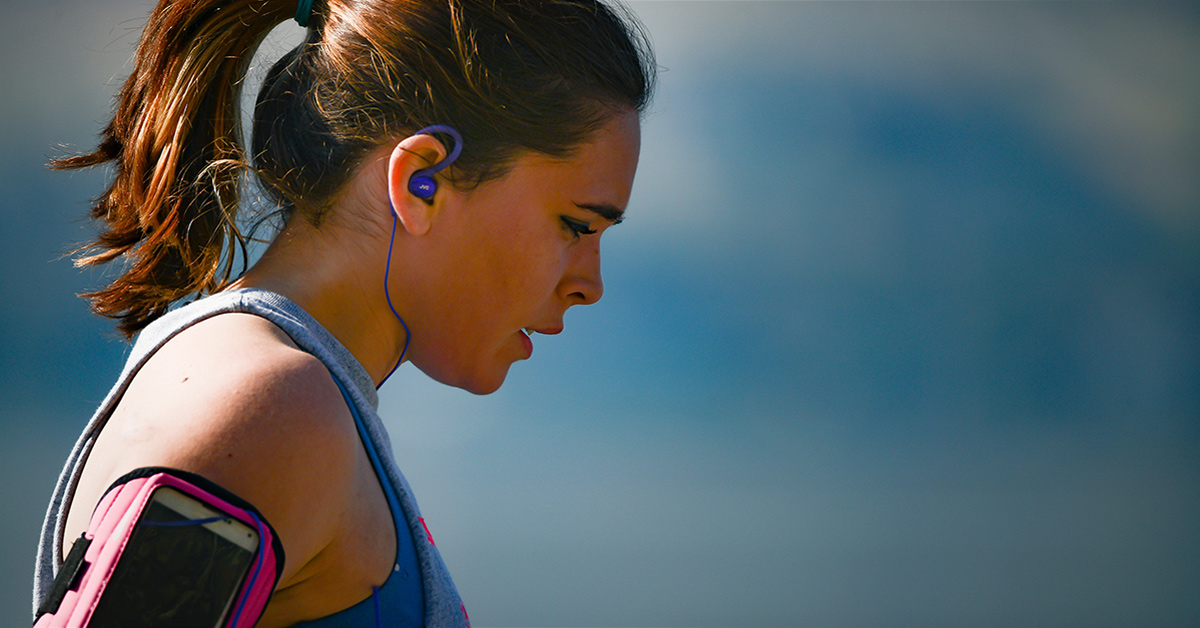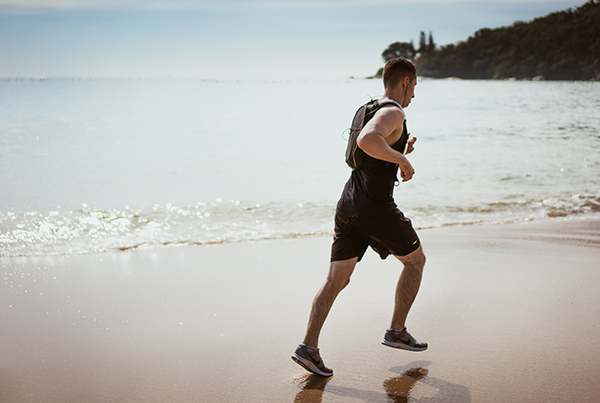
Beginners Guide to Running 5km
Running. Some of you love it, some of you can’t stand it, and perhaps others amongst you might want to get into it. Maybe you were forced to do cross country at school and are only just getting over the trauma. Or you’ve been doing other training up until now and fancy a change? Either way, it can be tricky to start out if you’re unsure of the best way to go about it. So, we’ve decided to come up with some top tips for beginners to running, to help you get that foot out the door and into that first kilometre. Here’s your beginners guide to running 5km.
First Steps to Running 5km
Take it easy. It’s crucial to start out steady, you don’t want to try and go from zero to hero and end up conking out in the first week. That right. There is the definition of one step forward, two steps back. Make sure to listen to your body and adjust your training. However, this doesn’t mean seven sofa days on the trot.
The ‘boring stuff’: warm-ups, cool downs, stretching. Yes, it might sound boring, but it is a necessary part of training. You want to look after your body to make sure it can continue to do the things you want it to do. So, take a look at our blog post on Why Runners Should Stretch for some top tips on stretches for runners.

It’s Time to Run… and Walk
Run Forest Run. Don’t worry about your speed at this stage, just put one foot in front of the other. Try and go at a pace that allows you to hold a conversation, and don’t look down at your feet the whole time (unless you’re on uneven terrain, then please do look where you’re going). It’s not a sprint, and don’t expect a super-fast pace anytime soon!
Walk Forest Walk. walking is often under-rated in training but going on a long walk (30-60 minutes) the day after a longer run can help to keep the legs moving, whilst enabling them to recover from the running. Also think about mixing walking into your run days e.g. run 1 minute, walk 1 minute; you could do this 10 times perhaps.
Rest Days. It might sound counter-intuitive to getting fit, but rest is an integral part of any training programme. You need to let your muscles recover and rebuild. Go hard or go home is not the right slogan here, if you go too hard you’ll end up going home and staying home. So, build in rest days to your weekly training.

It’s Not All Running
Mix it up: running 3-4 times a week for weeks on end is no fun, and your body won’t thank you for it. Whilst you can (and should) vary speed, distance and intensity within running itself, it’s always a good idea to vary your workout type as well. Cycling, swimming, walking, gym classes, you name it – doing any kind of alternative aerobic fitness session once a week alongside your running will help to keep your body guessing, and your fitness improving.
Shoes glorious shoes: even if you’re not planning to run more than 5km, it’s worth getting some decent running shoes. You don’t have to spend the earth, but you don’t want to be running in some old converse that will do more harm than good. Get yourself to a shop, get some good advice.
So, there you go. Some very basic pointers on how to get yourself out the door and across the finish line. Running is a sport that tends to bring mixed opinions, but very few of us would be able to deny that it’s beautifully accessible. And by this, we mean you can do it anytime, anywhere, and with very limited equipment. A pair of good trainers is all you need, perhaps along with some shorts and a t-shirt. But then again, you do you – if trainers are all you want to wear then go for it.
Girl Running with Pink Top Photo by Nathan Cowley from Pexels
Girl Headphones Photo by Frank Cone from Pexels
Beach Running Photo by Leandro Boogalu from Pexels
You might also be interested…
Is Cycling or Running Harder on Your Body?
Cycling and running require different levels of stamina and different muscle groups. So, which is harder on your body? Read on to find out.
A Beginner’s Guide to Running
Running is brilliant for your mind and body. For beginners, it can be hard to know where to start. Here’s our beginners guide to running.


